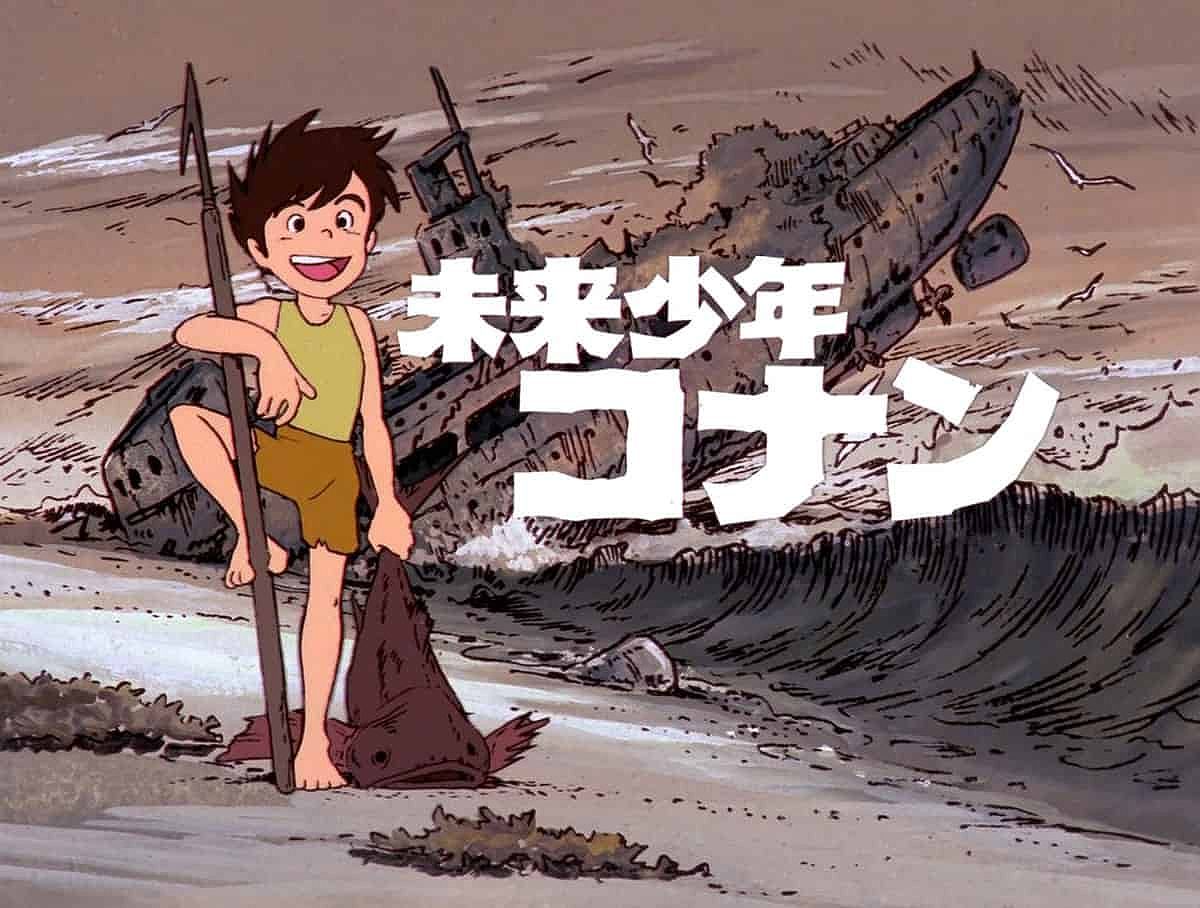The Beginning of Hayao Miyazaki: Future Boy Conan

Discover the breakthrough of director Hayao Miyazaki with the TV animation series Future Boy Conan. Follow the post-apocalyptic adventure of Conan and his quest to rescue his kidnapped friend Lana. Experience Miyazaki’s early artistic style and immerse yourself in the beautifully crafted environments of this cult classic. Join Conan on a joyous and immersive adventure that appeals to fans of Studio Ghibli and anyone seeking an enjoyable experience.
The Breakthrough of Hayao Miyazaki: Future Boy Conan
In 1978, director Hayao Miyazaki had his breakthrough with the TV animation series Future Boy Conan. Despite its initial poor reception, the series gradually gained popularity both in Japan and internationally, developing a cult following over the past forty years.

( Credit to: Asianmoviepulse )
Future Boy Conan is set in a post-apocalyptic future, where the main character, Conan, lives peacefully on an island with his adoptive grandfather. When he discovers a girl named Lana washed ashore, their friendship is abruptly interrupted when Lana is kidnapped by a mysterious group. Driven by his attachment to Lana, Conan embarks on a thrilling adventure that spans the 26 episodes of the series.
Miyazaki’s Early Artistic Style Shines Through
What sets Future Boy Conan apart is not just its plot but the charm of its director, Hayao Miyazaki. Even in his early works, Miyazaki’s style and skill shine through. The characters are expressive, and the atmosphere is inviting, creating a sense of comfort even in an apocalyptic setting.
The story is beautifully told through the meticulously crafted environments. Conan explores sunken cities and overgrown villages, hinting at a technologically advanced past now reset into a nostalgic era reminiscent of the Edo period. Miyazaki’s moments of calm, referred to as ‘Ma,’ allow the audience to immerse themselves in these environments, even amidst moments of tension.
Captivating Animation and Energetic Performances
The collaboration between voice actors and animators brings the characters of Future Boy Conan to life. The energetic performances by the cast provide a solid foundation for the animators to work their magic. Notably, Noriko Ohara’s portrayal of Conan captures the depth of the character through small grunts and childlike excitement, rather than relying solely on plot or backstory.
Despite having a smaller budget for a TV series, Future Boy Conan stands out due to Miyazaki’s direction. The animation may be simple, but the focus on movement and expression adds a unique touch to the characters. Conan’s playful acrobatics, for example, convey his happiness more effectively than a simple smile.
A Captivating Soundtrack and Early Artistic Traits
The score by Shinichiro Ikebe further enhances the series, with each song on the soundtrack leaving a distinct impression, despite its brief duration. Unlike future collaborations with Joe Hisaishi, the music in Future Boy Conan operates independently of the plot, capturing the adventurous tone of the series, reminiscent of classic adventure tales like Treasure Island.
It can be said that Future Boy Conan showcases Miyazaki’s early inexperience as a director. However, within that inexperience, we can already see the traits of a truly artistic mind. Despite being a debut work, Future Boy Conan exhibits the sensibility that would define Miyazaki’s future films. It is a joyous adventure that appeals not only to fans of Studio Ghibli but also to anyone seeking an enjoyable and immersive experience.




